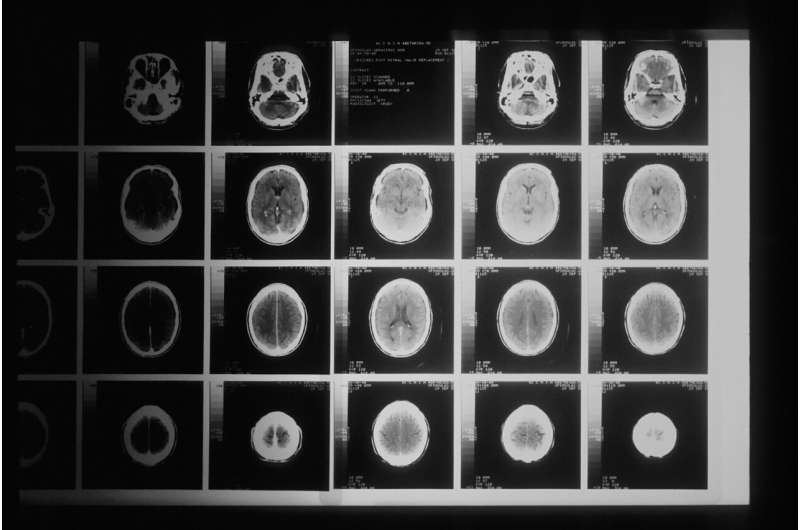Chemoimmunotherapy dramatically improved survival of high-risk neuroblastoma patients

Survival rates increased about 20% for children with high-risk neuroblastoma enrolled in a St. Jude Children's Research Hospital clinical trial that included a novel monoclonal antibody produced onsite. The findings appeared today in the Journal of Clinical Oncology.
Neuroblastoma is a cancer of immature nerve cells in the sympathetic nervous system. The tumor is diagnosed in about 700 individuals annually in the U.S., mostly children 5 years old or younger. Despite aggressive therapy, nearly half of patients with high-risk neuroblastoma die of their disease.
Results of a St. Jude phase II clinical trial reported significantly higher survival rates for newly diagnosed patients whose treatment included the humanized monoclonal antibody hu14.18K322A along with standard therapy for high-risk disease. Three-year disease-free survival was 73.7% for the 64 children enrolled in the study. The overall survival was 86%.
"I have treated high-risk neuroblastoma for 30 years, and I have never seen results like this in high-risk patients," said first and corresponding author Wayne Furman, M.D., of the Department of Oncology. "This is the best result published to date for patients with high-risk neuroblastoma, period."
If the findings are confirmed in a larger, multi-center clinical trial, the chemoimmunotherapy detailed in this research could become standard treatment for patients with high-risk disease, Furman said.
An anti-GD2 monoclonal antibody with a difference
Hu14.18322A was designed in the laboratory to bind GD2 antibodies on the surface of neuroblastoma tumor cells. The binding rallies immune cells to attack and kill tumor cells. The monoclonal antibody used in this study was made at the Children's GMP, LLC., on the St. Jude campus, using a process that was refined by scientists at the manufacturing facility.
Hu14.18322A is not the first monoclonal antibody designed for treatment of neuroblastoma. GD2 antibodies are found on some normal tissue, including cells in the peripheral nervous system. Unlike other anti-GD2 monoclonal antibodies, hu14.18322A is engineered to reduce dose-limiting pain and other treatment side effects.
The phase II study included hu14.18K322A throughout treatment. The therapy included high-dose chemotherapy, immunotherapy with granulocyte-macrophage colony-stimulating factor and interleukin 2, surgery, autologous blood stem cell transplantation and radiation. Patients also received opioids for pain management. Evidence from this and previous studies suggests that combining hu14.18K322A with the other immunotherapies and high-dose chemotherapy has a synergistic effect.
Is dose the key?
Dinutuximab was the first anti-GD2 monoclonal antibody approved by the U.S. Food and Drug Administration for treatment of high-risk neuroblastoma.
Patients in the St. Jude phase II clinical trial received significantly higher doses of hu14.18K322A, about 2.5 times more, than the maximum approved dose of dinutuximab.
"Since dinutuximab cannot be given at the same dose, one of the unanswered questions is whether the patient results in this study were so good because hu14.18K322A is a better antibody or because patients are receiving a higher dose," Furman said.
Hu14.18K322A is owned by EMD Serono, a division of German-based Merck KGaA. The monoclonal antibody was developed for clinical use at St. Jude. The hu14.18K322A used in this trial was produced in the Children's GMP, LLC, a facility on the St. Jude campus that produces biopharmaceuticals such as monoclonal antibodies under strict federal guidelines.
More information: Improved Outcome in Children with Newly Diagnosed High-Risk Neuroblastoma treated with Chemoimmunotherapy: Updated Results of a Phase 2 Study Using Hu14.18K322A, Journal of Clinical Oncology (2021). DOI: JCO.21.01375R2















